Industry experts at the AMS Evolution panel examine the accelerating EV shift and its impact on design and manufacturing. Toyota and Volkswagen share insights on engineering flexibility and digital twin simulation to streamline production
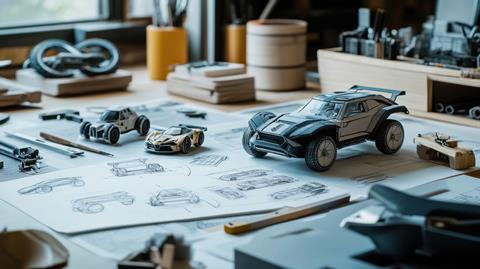
With the accelerating Electric Vehicle (EV) shift, demand pressures and the impediment of regulatory and market complexity, the old adage “form follows function” has taken on a whole new dimension. As technological change accelerates, OEMs are under mounting pressure to rethink every aspect of product and process design. At the recent AMS Evolution panel, industry experts such as Toyota’s Jaime Moore, and then-Volkswagen’s Christopher Glover shared insights on how design, engineering, and manufacturing must work in tandem to keep pace with this transformation.
Their discussion focused on key themes: the necessity for integrated flexibility, the challenge of balancing complexity with efficiency, and the transformative role of digital tools.
Integrating engineering flexibility into design and production
A recurring theme during the panel was the integration of design and manufacturing right from the early stages of development. With the ground shifting beneath our feet, Design For Manufacture (DFM) has been catapulted into the automotive production spotlight. At the event, Jaime Moore noted, “I think that what we’re seeing is the constant pace of change and the fact that it’s accelerating very quickly.” This reality is being seen throughout the industry as companies work to engineer flexibility into both the plant and the design process.
“I think that what we’re seeing is the constant pace of change and the fact that it’s accelerating very quickly”
- Jaime Moore, Senior Principal Engineer at Toyota North America

At Toyota, the drive for flexibility is not limited to just one aspect of production. For instance, the company has been actively merging interior and exterior design teams to develop a common language and method for solving production challenges.
“We’re bringing together a little bit more of the interior and the exterior groups, and that’s been fantastic in terms of collaboration,” Moore explained. This cross-functional collaboration isn’t about aesthetic harmony-as well as creating designs that inherently consider production logistics, assembly, and even packaging.
Moreover, the importance of early collaboration was emphasised as a means to reduce lead times and preempt manufacturing challenges. By engaging manufacturing teams during the initial design phase, Toyota aims to identify and mitigate potential issues before they evolve into costly production roadblocks. This contrasts with practices seen at other firms-such as Volkswagen-where late involvement of manufacturing teams can render necessary changes both expensive and impractical. As Christopher Glover, who was CEO and President of VW’s Chattanooga Operations at the time, lamented, “by the time they get in, other elements that engineering colleagues are challenged with, have already overtaken our needs, and it’s too late to make the change or too expensive.”
GM has caught the industry’s attention in this regard, by integrating manufacturing and engineering under a single reporting structure. The synthetic organisational approach is designed to streamline the development process and ensure that manufacturing considerations are never an afterthought.
Managing complexity while maintaining efficiency
”By prioritising manufacturability over incremental cost savings, Toyota aims to streamline production and safeguard long-term efficiencies over short-term gains”
The challenge for many automotive companies lies in balancing the desire for innovation with the need for manufacturing simplicity. As vehicles evolve-especially with the EV shift-engineers are confronted with a broader skill set and an increasing array of design options. Jaime Moore pointed out, “we have been designing the same kinds of parts for the same types of vehicles for a long time, and we see change occurring over periods of time […] Now we’ve entered this new phase where it’s happening so quickly.”
For Toyota, this rapid evolution has necessitated a change in priorities. In the past, design changes that saved small amounts per unit might have been embraced regardless of added complexity. Today, however, the emphasis is squarely on reducing manufacturing complexity-even if that means foregoing minor cost savings.
“There are ideas that we might have had, that would have meant a cost reduction, but it would have required changing part size or how it would be shipped […] And in the past, if you could save 50 pence with such manoeuvres, it would have been a no-brainer. But now we think, no - it’s not happening,” Moore remarked. By prioritising manufacturability over incremental cost savings, Toyota aims to streamline production and safeguard long-term efficiencies over short-term gains.
Read more Design For Manufacture (DFM) Stories
- The urgency for enhanced Design For Manufacture (DFM) in vehicle production
- Smart factories and partners power JLR’s circular seat foam
- Battery production and design need to be optimised together, says Volvo Trucks and ABB
- How North America aims to make EVs affordable for the masses
Volkswagen’s experience with its battery production further illustrates this lesson. Glover recounted the costly error of designing a battery plant for a single battery architecture - a decision that has since proven to be a “complete mistake.” The rapid pace of technological innovation in battery design forced VW to reconsider its strategy, as they now face the daunting prospect of having to rebuild an entire facility.
This misstep demonstrates the critical importance of designing manufacturing processes with enough flexibility to accommodate future changes - a lesson that is now influencing how companies structure everything from body shops to paint facilities. “The most capital-intensive thing - aside from a paint shop - is the body shop,” Glover explained. “It is the most expensive area to change unless you have a pre-installed flexibility capability.”
”With that condensed timeline, we can’t build prototypes for everything anymore. So we’re going to have to do things through simulation”
- Jaime Moore, Senior Principal Engineer at Toyota North America
Digitisation, AI and Data Analytics as catalyst for DFM
As we know, digitalisation is reshaping the automotive industry across the value chain - but this is especially true in the way companies approach DFM. Traditional methods involving multiple rounds of physical prototyping are increasingly giving way to digital twin simulations and AI-driven quality control systems. “With that condensed timeline,” Said Moore, “we can’t build prototypes for everything anymore. So we’re going to have to do things through simulation.” Toyota’s growing reliance on digital tools is clear.
Digital twin technology enables engineers to virtually test and iterate designs quickly, reducing both development time and costs. The move from physical prototypes to digital validation is able to accelerate design cycles as well as enhance collaboration between geographically dispersed teams.
By simulating the entire production process, from assembly to packaging, companies can identify potential issues and resolve them well before the first unit rolls off the production line.
”AI is being deployed to sift through vast amounts of production and supply chain data, enabling predictive analytics that can forecast potential disruptions and quality issues”
Moreover, AI and data management systems are beginning to play a crucial role in refining manufacturing processes. Generative AI, although still in its infancy at Toyota, is being explored as a means to drive innovation in design engineering. As Moore commented, “there’s this kind of competing interest between chasing the innovation […] and all the fundamentals that we have to have in order. And the latter, we can’t forget.” In practice, this means that while digital tools offer remarkable capabilities, the industry still relies on tried-and-true engineering principles to guide decision-making.
Even more, AI is being deployed to sift through vast amounts of production and supply chain data, enabling predictive analytics that can forecast potential disruptions and quality issues. This data-driven approach is set to transform the way manufacturers balance flexibility with the need for robust, reliable production systems.
Why strengthening collaboration is a key to success
The panel discussion also delved into the importance of supplier collaboration and interdepartmental communication. Both VW and Toyota stressed that integrating suppliers early in the design process is essential to avoiding manufacturing hiccups down the line. “Even if it’s not within Toyota, it’s helping teach me the reasons why certain things are being asked of R&D that I might not be aware of,” Moore shared. DFM rests on this value of cross-organisational learning and collaboration.
But this collaborative approach extends beyond internal teams. By fostering stronger relationships with Tier supplies from 1 to N, companies can also enhance transparency throughout the supply chain. However, as Glover noted, VW still faces challenges in monitoring its deeper supply chain, which can sometimes hinder proactive problem-solving.
By rethinking traditional production paradigms and investing in early-stage collaboration - both within internal teams and with external suppliers - OEMs like Toyota, Volkswagen, and General Motors are positioning themselves to not only adapt to change but to lead it. With rapid innovation now the new-normal, a robust DFM strategy is now clearly, a production imperative.

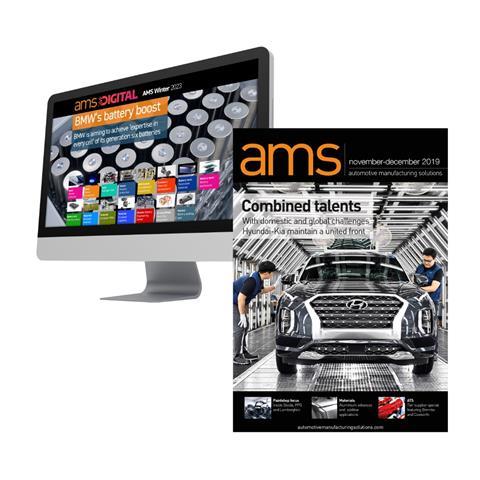
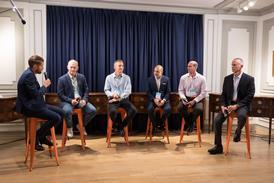

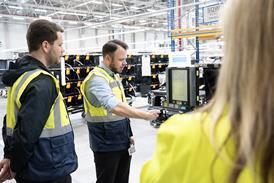
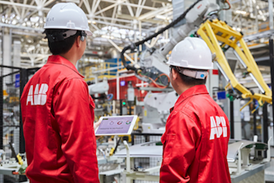




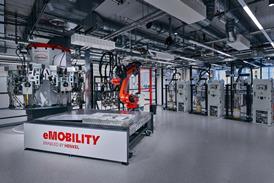




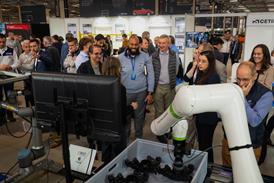

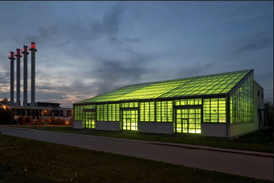
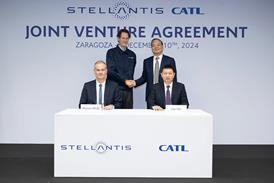
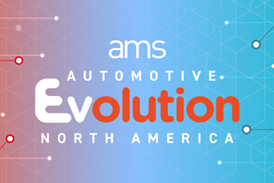
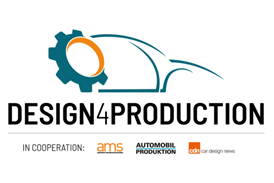
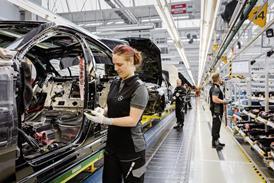

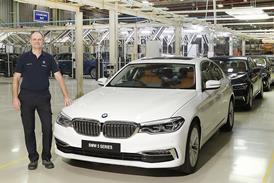


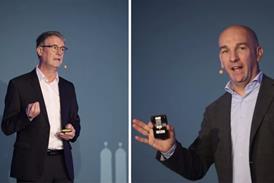
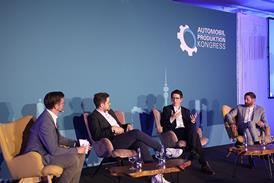


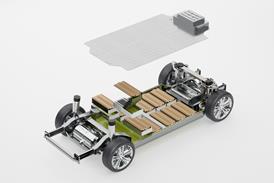
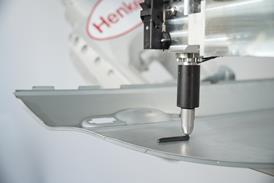





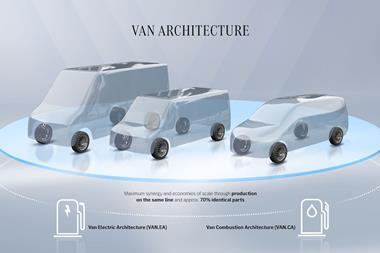



No comments yet